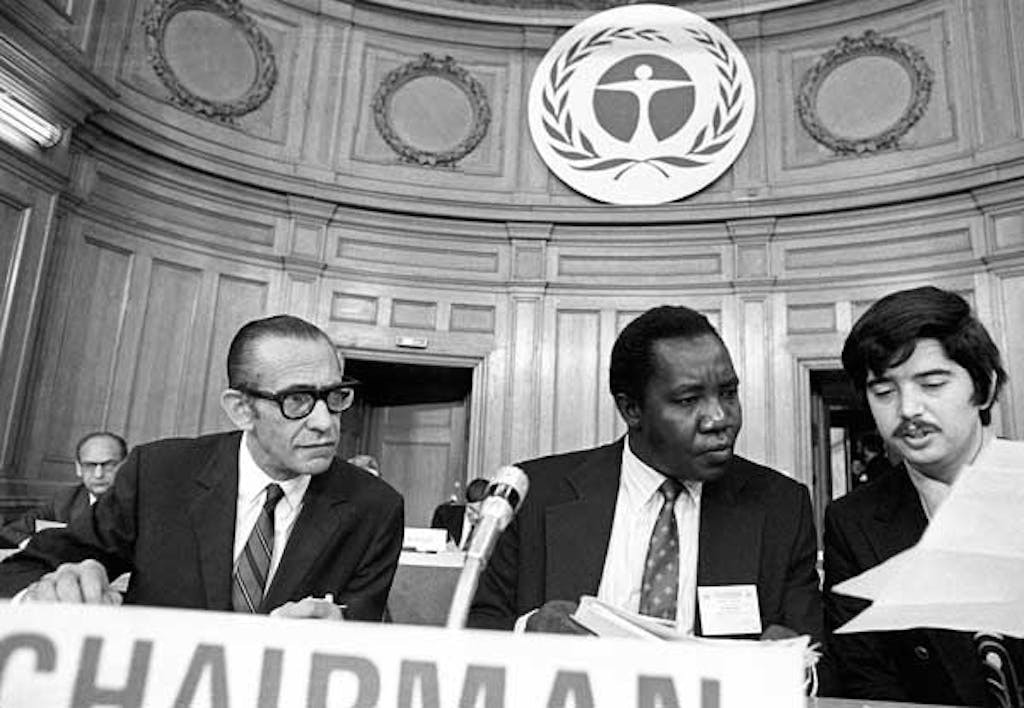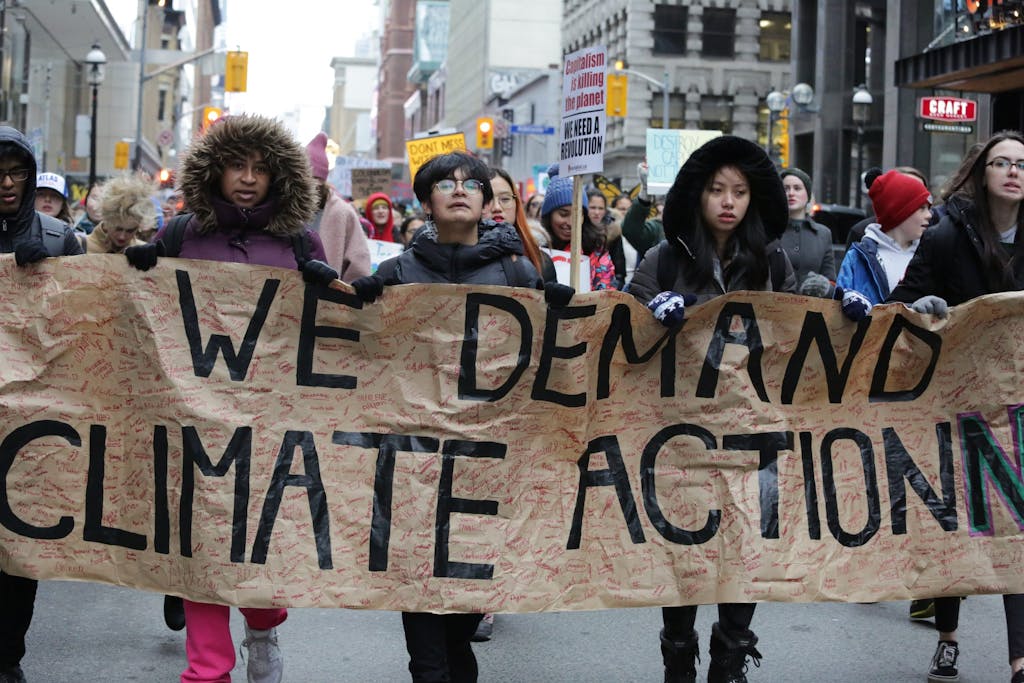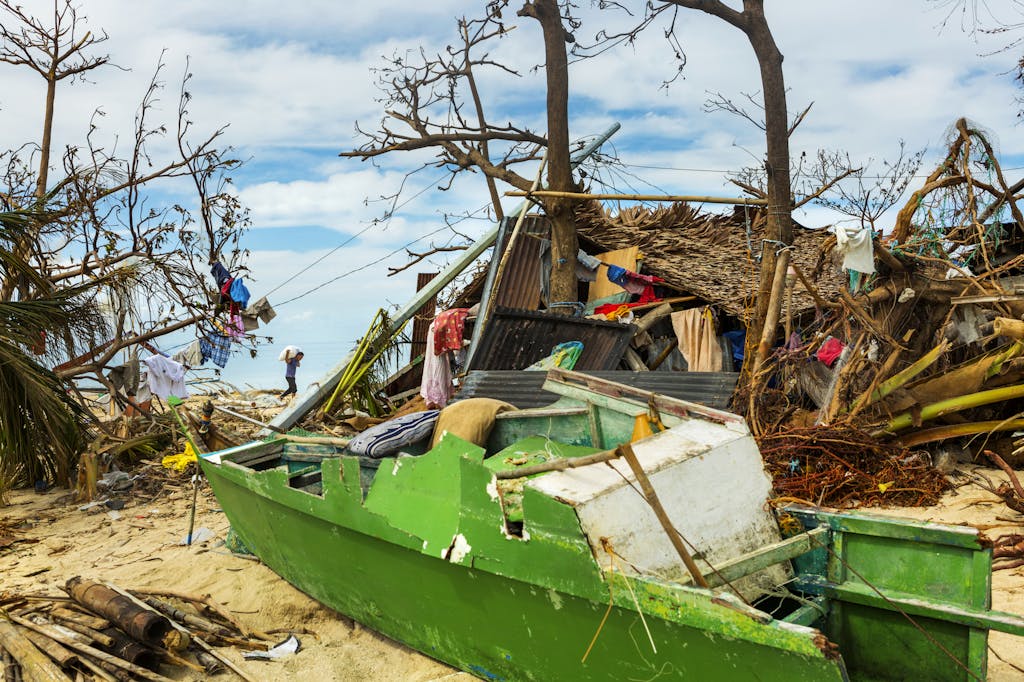Collaborating across sectors and borders to create a healthy planet and a better future for all is essential. In June 1972, the United Nations Conference on the Human Environment in Stockholm marked the beginning of a new era of global cooperation on environmental issues. Fifty years later, we have a unique opportunity to make Stockholm another turning point for the sake of our planet.
Representatives of countries will return to Sweden for the Stockholm+50 Conference to discuss how to achieve a sustainable and inclusive future for all. The world has taken great steps to protect and preserve our environment since 1972, but at this make-or-break moment for climate action, Stockholm+50 could usher in a much-needed new push on environmental awareness and action for the next half-century, just as it did five decades ago.
WHAT HAPPENED IN STOCKHOLM IN 1972?
Economic growth, the health of the environment, and personal well-being weren’t always seen as intertwined. The 1972 Stockholm Conference changed that.
During what is considered to be the premier international meeting on the environment, 113 countries joined forces to elevate and adopt principles for sound management of the environment, including most notably the Stockholm Declaration and Action Plan for the Human Environment. Sparking a conversation among industrialized and developing economies for the first time, the Declaration drew a historic connection between the environment, poverty, and development.

Committee officials sit at the presiding table during the 1972 Stockholm Conference. Photo: Yutaka Nagat/UN Photo
WHAT ELSE DID THE FIRST UN CONFERENCE ON THE HUMAN ENVIRONMENT ACHIEVE?
After the Stockholm Conference in 1972, concerns about the environment were catapulted into the spotlight. This confirmed that global cooperation to save our planet would need to harmonize economic, social, and environmental development.
To guide countries in this process, the United Nations Environment Programme was founded at the Conference as the international authority and advocate for environmental concerns. Today, UNEP leads programs around the world focused on climate, nature, pollution, and sustainable development. It also is responsible for coordinating environmental responses within the UN system and is the secretariat for 15 multilateral environmental agreements such as phasing out leaded fuel use, mending the ozone layer, and saving endangered species from extinction.
In addition, to mark the 20th anniversary of Stockholm, the UN convened the 1992 Earth Summit and brought together an unparalleled number of policymakers, scientists, and nongovernmental organizations in Rio de Janeiro. There, they adopted the three Rio Conventions on biodiversity, climate change, and desertification, which are the focal points for international environmental rule-making and action to this day.
SO WHAT MAKES STOCKHOLM+50 DIFFERENT?
Stockholm+50 will be convened by the UN General Assembly and the Governments of Sweden and Kenya in early June. It’ll take place during the same week as World Environment Day (another outcome of the 1972 Conference).
This time around, the world will not only celebrate the birth of environmental multilateralism, but will also be presented with a moment to take the lessons learned from 1972 and help build a climate action road map for the next 50 years.
Member states and other stakeholders already met in March to solidify the agenda and overall vision of the Conference. The biggest takeaways: We must achieve a healthy planet for everyone, everywhere. Living up to the promise of Stockholm+50 isn’t just our responsibility. It’s our opportunity to turn climate and environmental commitments into action.
WHY DOES STOCKHOLM+50 MATTER?
We’re facing a triple planetary disaster. Climate change, pollution and waste, and loss of nature and biodiversity are threatening the livelihoods and lives of billions of people. Stockholm+50 is set against the backdrop of these rising alarms.
The UN Secretary-General has warned that “we are already perilously close to tipping points that could lead to cascading and irreversible climate effects.” And the latest reports from the Intergovernmental Panel on Climate Change (IPCC) validate that we’re running out of time to secure a sustainable future, with the planet on track to reach global warming levels that are more than double the 1.5°C limit above preindustrial levels.
Stockholm+50 is designed to be a jumping-off point for accelerating groundbreaking international agreements and reinventing how we can accomplish the goals of the 2030 Agenda for Sustainable Development, Paris Agreement, and Global Biodiversity Framework.
It will be a space to take the lessons learned and consider decisive next steps to ensure a healthy planet, equitable COVID-19 recovery, and sustainable development within the context of the 21st century.
Just as the 1972 Stockholm Conference proved, solving environmental and climate challenges will be more difficult if the world continues to work in silos. The only way to save our planet and ourselves from climate disaster is to look back while looking ahead together.

Activists and students holding signs march on the streets of downtown Toronto during a climate change rally. Photo: Ramona Diaconescu/ Shutterstock
HOW CAN YOU GET INVOLVED IN STOCKHOLM+50?
The world needs all hands on deck to fulfill the intergenerational responsibility to save the planet. To get involved in Stockholm+50, you can:
WE NEED YOUR VOICE
The stakes for saving our planet are at an all-time high. Stockholm+50 serves as an ongoing forum to stay engaged. For other ways to take action, please visit the Stockholm+50 participation hub.









